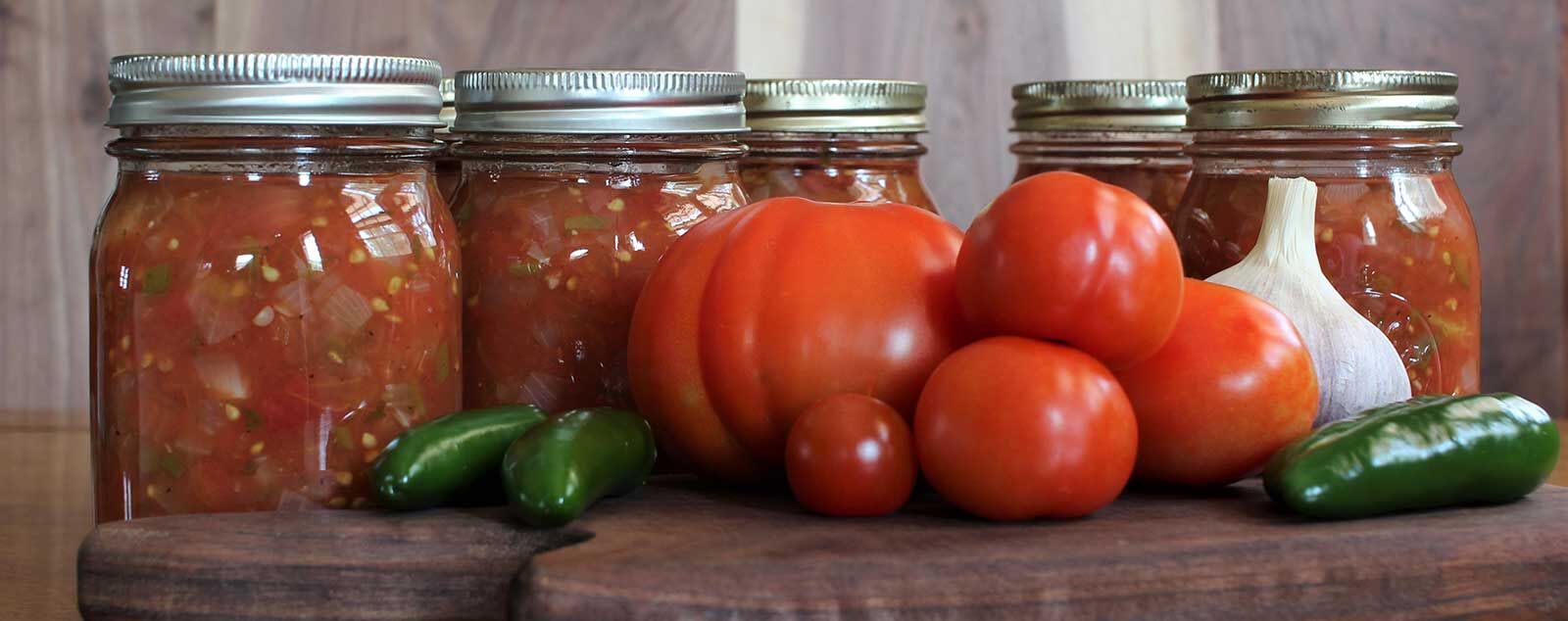Many Nebraskans are excited this time of year to begin preparations to preserve the great flavors of the growing season at home. One must follow step-by-step instructions from approved, research tested recipes to assure they preserve a safe home canned product. One such site would be the National Center for Home Food Preservation at nchfp.uga.edu.
Preventing the growth of clostridium botulinum spores is the overall goal in home canning foods. Correct canning methods and accurate measurements must be followed to assure a safe shelf-stable product.
Low-acid foods have pH values higher than 4.6. These foods contain too little acidity to prevent the growth of bacteria. They include red meats, seafood, poultry, milk and all fresh vegetables except most tomatoes. Most food mixtures have pH values above 4.6 unless the recipes include enough lemon juice, citric acid, or vinegar to make them acidic.
These low-acid foods must be processed between 240 degrees Fahrenheit to 250 degrees Fahrenheit. This can only be achieved in a pressure canner. When operating a pressure canner above sea level, canner pressure must be increased in order to develop equivalent temperatures. The time needed to destroy bacteria in low-acid canned food ranges from 20 to 160 minutes. The exact time depends on the kind of food being canned, the way in which it is packed in jars and the size of the jars.
Boiling water canning is the recommended method for processing acid foods that have a pH of 4.6 or lower on the pH scale. They include most fruits, most tomatoes, salsas, and foods that have been acidified such as pickles, sauerkraut, or jams and jellies.
For more food preservation resources, check out Nebraska Extension webpage at food.unl.edu.




